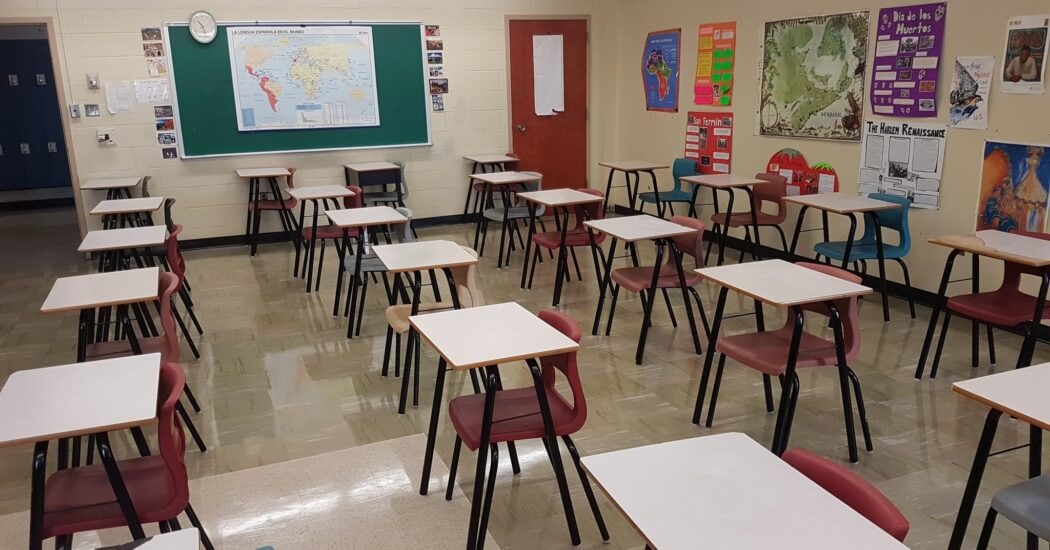
KJIPUKTUK (Halifax) – Just about a year ago, on July 22, 2020, Nova Scotia’s Department of Education announced a plan with a promise: for a safe return to school for all students, teachers and staff. The plan was weak, and many promises made by the Department remained empty.
Students, teachers and staff embarked on a trying year ahead. Educational centres became a provincial epicentre for COVID-19 exposures. They accounted for 694 exposure locations – the highest number of exposures in the province, outside of household transmissions.
For me this came as no surprise. The first five-years of my education were spent in an elementary school that was literally falling apart – I remember the ceiling that was heavy with water, and the teachers who’d announced yearly that the province would replace the building ‘next year.’ That was 17-years ago, in 2004. It wasn’t until the summer following my high school graduation, in 2018, that the school got replaced; the same year that the government, under McNeil, took authority over the province’s seven elected school boards.
And then, things got worse.
Water filtration, ventilation, and classroom size are just some of the growing concerns within Nova Scotia schools that are getting lost in austerity and departmental bureaucracy. Without boards to help address and mediate the needs of schools, teachers, and students, all problems pile on the Department. Which, too often, get lost in the rut.
Now, with weeks to go before the 2021 school year begins, it seems that a safe return is the latest task to be ignored. Perhaps this is because making a plan means addressing its years of non-action, the ones that money could have solved: if only that new school was built, if ventilation was replaced, if teacher’s concerns hadn’t gotten lost.
But this is a province that promises to invest in its future while making its youth pay for its debt. And it’s always been this way.
Until the COVID-19 pandemic, Nova Scotia had among the lowest population growth in the country. According to a 2016 census by Statistics Canada, the province was second last, just below New Brunswick, with a growth of 0.2 per cent between 2011-2016. The numbers mirror a pattern that the maritimes know well, that being: the brain drain. This is when youth, commonly aged between 15-29, emigrate following their education. Quite often, these are post secondary-school graduates that go on to pursue college and university elsewhere. This happens around when they reach voting age.
Left behind are the folks that make up the majority of the province’s population: adults and seniors. Sure, they’re family. They’re our parents and grandparents – some of them demanded a safer return to school plan – but there’s more that goes into their vote. Parents can wait for their children to age out of a falling down school. Elections are as strategic as voters, and those without a vote too often get left without a voice.
The state of public education begs the question, posed by the Canadian Centre for Policy Alternatives’ 2020 report on child and family poverty: is it willful neglect? It found that last year more than 41,000 – almost one in four – children in the province were living in poverty. These are children in families that likely cannot afford childcare, and depend on a return to school, be that safe or not. It’s a cycle that will continue until we invest in young people and the equitable, and safe education they deserve. .
Until then, politicians will debate. Votes will be cast. And Nova Scotians will wait: for ventilation test results, for lead in school water to be remediated, for schools to be built, teachers to be heard, and for the next back-to-school plan to be announced.
See also: Pandemic challenges inclusive education policies in Nova Scotia, and parents are worried
Check out our new community calendar!
With a special thanks to our generous donors who make publication of the Nova Scotia Advocate possible.
Subscribe to the Nova Scotia Advocate weekly digest and never miss an article again. It’s free!



